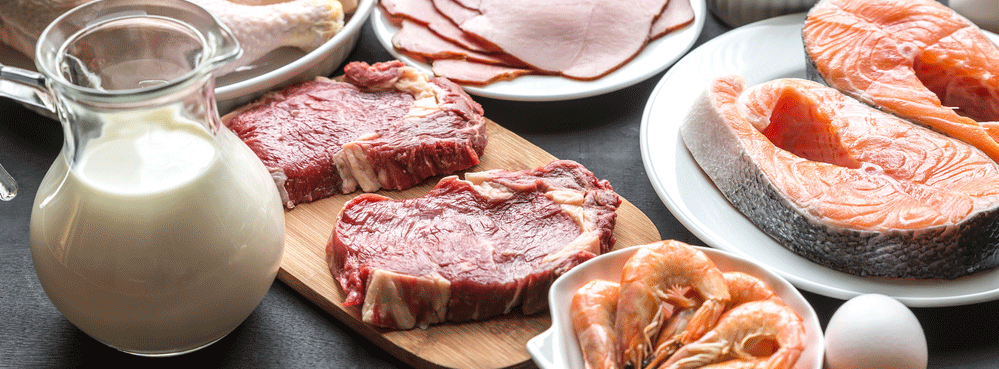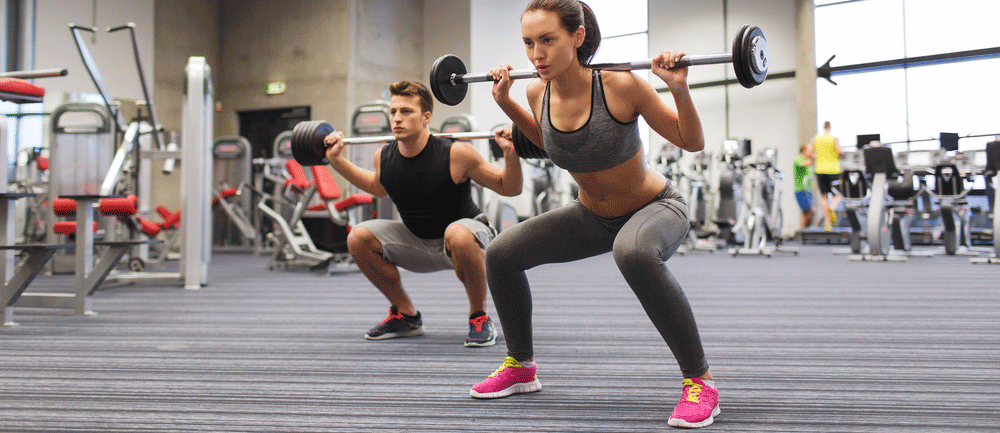What is Thermogenesis? [How it Effects Weight Loss)

What is Thermogenesis
Thermogenesis means the generation of heat, and it is what is keeping you alive right now. A lot of people are aware of thermogenesis, but many think that it applies solely to your metabolism. Whilst they’re not wrong – thermogenesis directly affects your metabolism, there’s a lot more to it than that.
Thermogenics are supplements that stimulate heat production in the body, leading to a higher calorie expenditure and increased calorie burn throughout the day., which may help accelerate weight loss for an individual.The first thing you should understand is that your body can only withstand a drop in body temperature of 10 degrees, and a rise in temperature of 5 degrees. That really isn’t much is it? Luckily your Hypothalamus has you covered.
The Hypothalamus is situated in the centre of your brain and is responsible for a process known as thermoregulation (finding a temperature balance). When you are very cold your Hypothalamus (or more accurately the primary motor centre that is found within the Hypothalamus) can cause your muscles to shiver. This can increase your metabolism five-fold and will raise your body temperature.
On the other hand, if you begin to get too hot, either from the weather or from aerobic/anaerobic exercise your Hypothalamus will cause you to begin to sweat. This will lower your body temperature. Both of these are examples of thermoregulation.
The purpose of thermoregulation is to keep your body temperature at the perfect balance, this is known as Homeostasis. Thermoregulation is one control for Homeostasis but it is not the only one, the body also regulates blood glucose, calcium levels, the partial pressure of o2 and Co2, blood pressure etc ....
Your Metabolism


The Thermic Effect of Food protein is best for weight loss. Carbohydrates and fats both have a thermic effect of around 5-15% [2].
So for the sake of argument let’s say that fat is 10%, carbohydrates are 10%, and protein is 25%. The Snickers bar is 223 calories (11g fat, 3g protein, 28g carbohydrates). The 11g of fat equals 99 calories (fat is 9 calories per gram), the 3g of protein is 12 calories (protein is 4 calories per gram), and the 28g of carbohydrates are 112 calories (carbs are also 4 calories per gram).
So let’s take away 10% of the fat (9.9 calories), 25% of the protein (3 calories), and 10% of the carbohydrates (11.2 calories). This comes to 24.1 calories, meaning that you don’t need to work off 223 calories – you have to work off 198.9 calories. Remember, this is the low end of the scale. We could have done this equation with 15% for fats and carbohydrates, and 30% for protein.
Obviously if you ate one Snickers bar and didn’t perform any form of exercise, then you would gain weight. But even if you consider yourself sedentary, you are still underestimating how many calories you are burning. This is thanks to ...
The Thermic Effect of Exercise

Physical activity can make up between 15 and 30% of the total calories burned in a day [3], this ratio can change depending on a lot of factors (how much you eat, how high your RMR is etc) but it is basically dependant on how active you are. People think that active exclusively means “time spent in the gym or running in a park” but physical activity is basically performing any movement at all.
Of course exercising will burn a lot more calories than sitting at a desk typing an email, but the act of typing will still burn calories! And if you spend 6 hours sitting at that desk typing then you will have burned 336 calories (typing burns 56 calories/hour in a 150lb man) [4]. In other words you could probably manage 1.5 Snickers bars and still lose weight!
This form of activity is known as Non Exercise Activity Thermogenesis (NEAT) and it covers all forms of movement that are not exercise: walking, climbing stairs, doing the washing up, cooking, cleaning, even fidgeting whilst watching a movie. The calories burned per activity are barely significant when looked at individually, but they add up to a lot of calories burned during the day.
Remember that these ratios we mentioned (60-75% RMR, 10% TEF, and 25-40% TEE) are not set in stone, and to a point you can out-train a bad diet (though this is obviously not optimal).
The Thermic Effect of Supplements
Some supplements are designed to have a thermic effect on the body, causing your resting RMR to increase. This is literally additional calories being burned without the additional work, and can go a long way in burning that unwanted belly fat. Yes, it is a real thing, but no it won't make you shed weight without effort.
Thermogenic supplements are designed for people looking for an extra edge. To push their bodies to the next level of esthetic achievement. To help them burn extra calories and get in even better shape.
Thermogenic supplements are NOT designed for overweight individuals who have no intention of exercising or eating healthy.
Our Transparent Labs PhysiqueSeries Fat Burner utilizes clinically tested ingredients at the dosages used in the clinical studies. Ingredients like caffeine, green tea extract, cayenne pepper, and salicin all have hundreds of studies showing efficacy in weight loss claims. Learn more about our Fat Burner and the studies for each ingredient used, by clicking here.

Thermal Stress
There are two ways in which the temperature outside can affect you, it’s either too hot or too cold. When it’s too hot your body will try to cool you down using 4 processes, these are: Radiation, Conduction, Convection, and Evaporation.
Heat will evaporate from your body via sweat and respiration, your body will also transfer warm blood to superficial blood vessels (i.e. ones close to the skin). This can lead to a flushed or reddened face.
When it is too cold outside and you are trying to preserve heat, your body will also make changes. It will divert blood away from your extremities (face, hands, feet etc) and sends it to your core, which will then keep you better insulated. Your body can also increase your thermogenesis by shivering, this can greatly increase your metabolism and keep you warm as a result.
It is for this reason that if you travel to a very cold climate you are required to increase your daily calorie intake due to the heightened metabolism you would automatically get. However this does not mean that you would lose a load of weight, as your NEAT levels would also lower to compensate.
A lot of people believe that training in very hot or very cold climates would lead to increased calories burned, but as awesome an idea as that is, it’s sadly untrue. The problem is that whilst your calories would increase in a cold environment, your performance would suffer. This would mean that you were unable to exercise at the same intensity, which means that you wouldn’t be able to burn any additional calories.
The same issue would affect anyone trying to train in an overly hot environment, as Hettinga et al discovered in their study: training at high temperatures led to poorer performance in a 20 minute cycle [5]. The fact is that if you want to burn calories through exercise, then you should put your efforts into creating the optimal conditions in which to exercise – that will lead to you being able to work out harder, and therefore burn more calories.
Trying to burn calories by wearing a sauna suit is like trying to run better by wearing concrete shoes, yes it is more difficult, but all it would do is prevent you from running properly!
References
[1] Halton, T., Hu, F. 2004. The effects of high protein diets on thermogenesis, satiety and weight loss: a critical review. Journal of the American College of Nutrition 23(5): 373-85
[2] Nair, K., Halliday, D., Garrow, J. 1982. Thermic response to isoenergetic protein, carbohydrate or fat meals in lean and obese subjects. Clinical Science 65: 307-312
[3] Berardi, J., Andrews, R. 2013. The Essentials of Sport and Exercise Nutrition 2nd ed. Precision Nutrition, Inc. pp 101-102
[4] Calorie Lab. 2017. Calories burned. [ONLINE] Available at: http://calorielab.com/burned/. [Accessed 18 January 2017].
[5] Hettinga, F., Koning, J., Vrijer, A., Wüst, R., Daanen, H., Foster, C. 2007. The effect of ambient temperature on gross-efficiency in cycling. European Journal of Applied Physiology 101(4): 465-471









